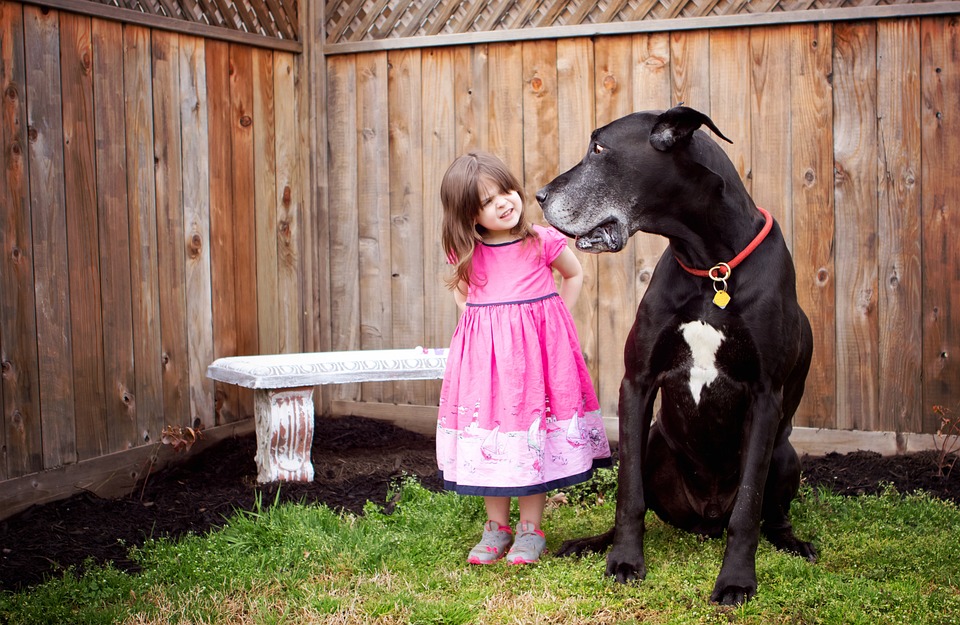Long-tailed dog breeds are known for their elegant and striking appearance. However, maintaining their beautiful tails requires regular grooming and proper care. In this article, we will explore essential grooming techniques, tips for tail care, and answer some frequently asked questions to help you keep your long-tailed canine companion looking their best.
Understanding the Long Tail:
The significance of a long tail in dog breeds:
A long tail is a defining characteristic of many dog breeds and serves various purposes, such as balance, communication, and expression. It adds to the overall aesthetics of the dog and is often seen as a symbol of beauty and grace.
Common long-tailed dog breeds:
Some popular long-tailed dog breeds include Afghan Hounds, Salukis, Siberian Huskies, Borzois, and Irish Setters. Each breed has a unique tail shape, thickness, and texture, which require specific grooming techniques.
Tail anatomy and structure:
Understanding the anatomy and structure of a dog’s tail is essential for proper grooming. The tail consists of vertebrae, muscles, tendons, and hair follicles. It is important to be gentle and cautious when handling and grooming the tail to prevent any discomfort or injury to the dog.
Grooming Techniques for Long Tails:
Brushing and combing the tail to prevent matting:
Regular brushing and combing are crucial for preventing matting and tangles in a long tail. Use a slicker brush or a comb with appropriate spacing between the teeth to remove any loose hair, debris, or tangles. Be gentle and start from the base of the tail, working your way towards the tip.
Trimming and shaping the tail hair:
Trimming and shaping the tail hair is necessary to maintain its appearance and prevent it from becoming too long or unruly. Use sharp, dog-specific grooming scissors and trim the hair gradually, following the natural shape of the tail. Seek professional help if you are unsure or if your dog’s tail requires complex trimming.
Bathing and drying the tail effectively:
When bathing your long-tailed dog, pay special attention to the tail area. Use a tail-specific shampoo and conditioner to keep the hair clean and moisturized. Rinse thoroughly to avoid any product residue. After bathing, gently squeeze out excess water from the tail and use a towel or a low-heat blow dryer to dry it. Avoid excessive heat or vigorous rubbing to prevent matting or tangles.
Tail Care Tips:
Regular inspection and hygiene maintenance:
Regularly inspect your dog’s tail for any signs of infection, injury, or abnormalities. Look for redness, swelling, discharge, or foul odor. Clean the tail area daily to prevent any buildup of dirt, debris, or bacteria that can lead to discomfort or infection.
Protecting the tail during outdoor activities:
If your long-tailed dog is active and participates in outdoor activities, consider using tail protectors or wraps. These accessories provide an extra layer of protection, preventing the tail from getting caught or injured during play or exercise. Additionally, be mindful of the environment and avoid areas with potential tail hazards, such as sharp objects or tight spaces.
Maintaining a healthy diet for optimal tail health:
A healthy diet plays a significant role in promoting overall coat and skin health, including the tail. Ensure your long-tailed dog receives a balanced diet that meets their specific nutritional requirements. Essential nutrients such as omega-3 fatty acids, biotin, and vitamin E contribute to healthy skin and a shiny coat.
Frequently Asked Questions:
Q1: How often should I groom my long-tailed dog?
The frequency of grooming depends on the specific breed and the length and thickness of the tail hair. In general, long-tailed dogs should be groomed at least once a week to prevent matting and maintain their appearance.
Q2: Can I trim my dog’s tail hair by myself?
While basic trimming can be done at home, it is advisable to seek professional help for complex tail trims or if you are unsure about the process. Professional groomers have the expertise and experience to ensure a safe and aesthetically pleasing trim.
Q3: Are there any specific tail care products I should use?
There are various tail-specific grooming products available in the market, such as tail shampoos, conditioners, and detanglers. These products are designed to maintain the health and appearance of the tail hair. Consult your veterinarian or a professional groomer for recommendations based on your dog’s specific needs.
Q4: My dog’s tail seems injured. What should I do?
If your dog’s tail appears injured, consult your veterinarian immediately. They will be able to assess the situation and provide appropriate treatment. It is important not to attempt any home remedies or self-diagnosis, as it may worsen the condition or cause unnecessary pain to your dog.
Q5: How can I prevent my dog’s tail from getting tangled during walks?
To prevent your dog’s tail from getting tangled during walks, consider using a harness instead of a collar. Collars can put pressure on the neck and cause the dog to pull, potentially leading to tangles in the tail. Additionally, be mindful of the leash length and avoid allowing your dog to wander into tight or crowded spaces where the tail may get caught.
Conclusion:
Caring for a long-tailed dog breed requires regular grooming, attention, and a thorough understanding of their unique needs. By following proper grooming techniques, maintaining hygiene, and addressing any concerns promptly, you can ensure your dog’s tail remains healthy and beautiful. Remember, seeking professional advice when needed is always a wise decision to keep your canine companion happy and comfortable.









